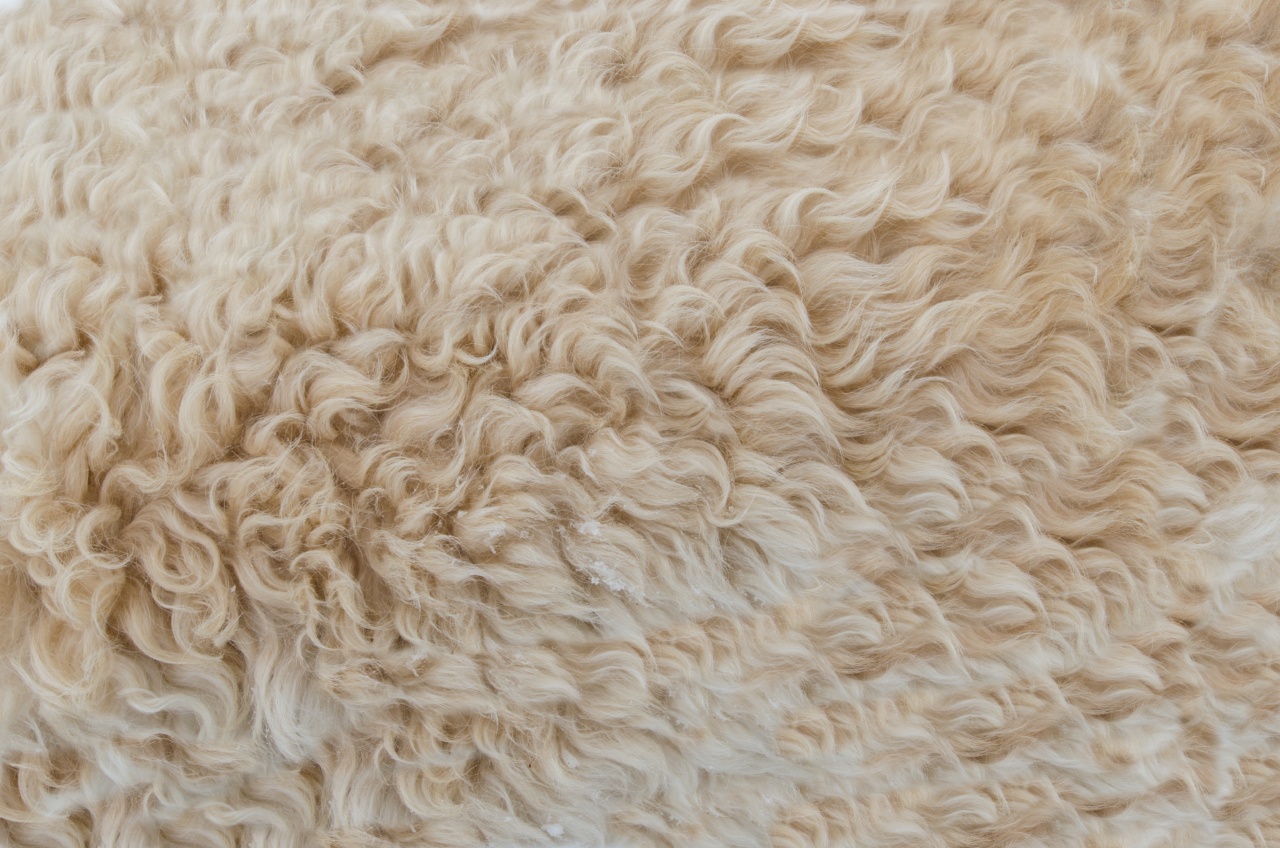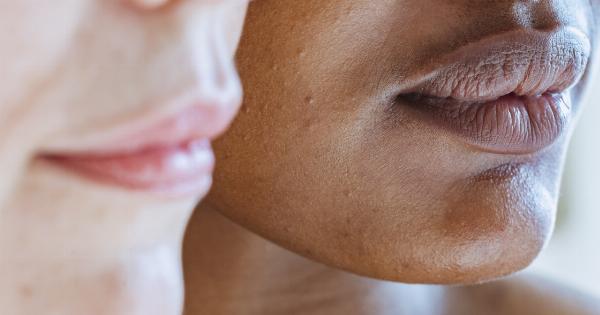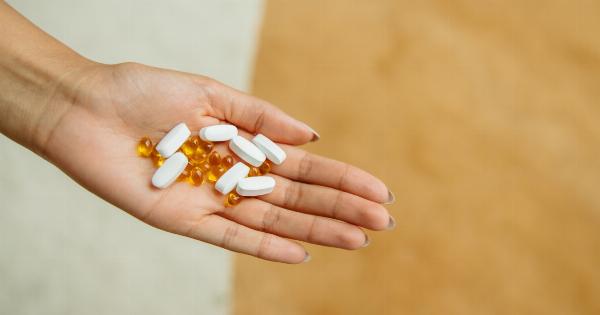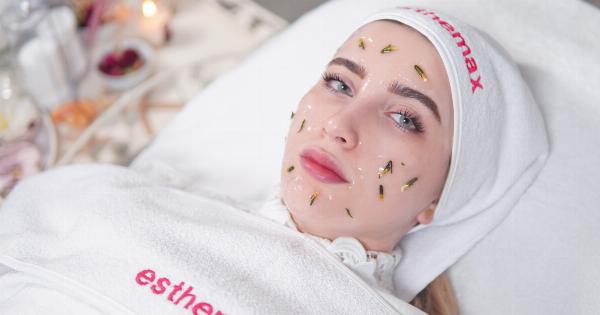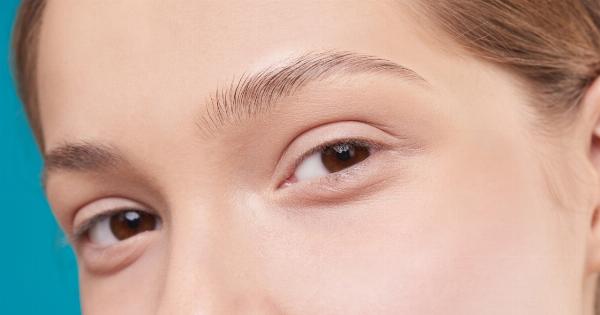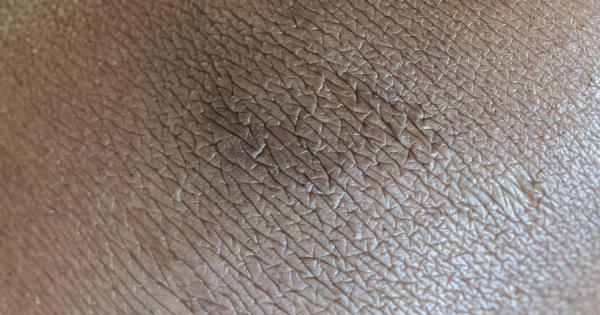Getting enough beauty sleep is often touted as a great way to achieve youthful-looking, glowing skin. While this may sound like a simple and logical solution, the connection between sleep and skincare is much deeper than we realize.
In fact, your sleep pattern can significantly impact the health and appearance of your skin. Let’s explore how tweaking your sleep routine can transform your skin for the better.
The Importance of Beauty Sleep
Beauty sleep is not just a myth; it is a real phenomenon that affects your skin on multiple levels. During sleep, your body goes into repair mode, working hard to rejuvenate and restore various bodily systems, including your skin.
Here are some key reasons why sleep is crucial for skin health:.
1. Cellular Repair and Regeneration
While you sleep, your body produces collagen, a protein that maintains skin elasticity, and repairs damaged skin cells. Collagen helps reduce the appearance of wrinkles and fine lines, giving your skin a youthful appearance.
2. Improved Blood Circulation
During deep sleep, your blood flow increases, allowing your skin to receive more oxygen and nutrients. This boost in circulation helps the skin cells function optimally, resulting in a radiant and healthy complexion.
3. Stress Reduction
Sleep deprivation can lead to increased stress levels, which in turn triggers the production of stress hormones like cortisol. Elevated cortisol levels can contribute to skin issues such as acne, inflammation, and collagen breakdown.
Adequate sleep helps regulate cortisol levels, keeping your skin calm and clear.
4. Enhanced Skin Barrier Function
Your skin acts as a barrier against external pollutants, irritants, and bacteria. When you’re sleep-deprived, your skin barrier weakens, making it more susceptible to damage and inflammation.
Sufficient sleep strengthens the skin’s defense mechanisms, promoting a healthier complexion.
The Role of Sleep Position in Skin Health
Believe it or not, your go-to sleeping position can also affect your skin’s well-being. Here’s a breakdown of how different sleep positions can impact your skin:.
1. Sleeping on Your Back
Sleeping on your back is considered the best position for both your skin and overall health. It minimizes gravitational forces on your face, reducing the formation of sleep lines, wrinkles, and neck creases.
It also prevents your face from coming into contact with the pillow, which can transfer dirt, oil, and bacteria onto your skin.
2. Sleeping on Your Side
Sleeping on your side can lead to the development of sleep lines, wrinkles, and creases on the side of your face that touches the pillow.
It can also worsen skin conditions like acne, as bacteria and oil can accumulate on the pillow and transfer onto your skin.
3. Sleeping on Your Stomach
Sleeping on your stomach is considered the least ideal position for skin health. It not only increases the risk of wrinkles and sleep lines but can also strain your neck and spine.
Moreover, when you bury your face in the pillow, you expose your skin to potential dirt, oils, and allergens present on the pillowcase.
Optimizing Your Sleep Routine for Healthy Skin
Now that you understand the importance of sleep and its impact on your skin, here are some tips to help you optimize your sleep routine:.
1. Set a Consistent Sleep Schedule
Aim to go to bed and wake up at the same time every day, even on weekends. Consistency in your sleep routine helps regulate your body’s internal clock, ensuring you get the recommended seven to nine hours of quality sleep each night.
2. Create a Relaxing Bedtime Routine
Establish a wind-down routine in the hour leading up to bedtime. Engage in relaxing activities such as reading a book, taking a warm bath, or practicing meditation to signal your body and mind that it’s time to sleep.
Avoid stimulating activities, screens, and caffeine, as they can interfere with falling asleep.
3. Invest in a Quality Pillowcase and Bedding
Choose pillowcases and bedding made of soft, breathable fabrics like silk or satin. These materials minimize friction and reduce the likelihood of skin irritation or creases.
Additionally, regularly change and clean your pillowcase to remove dirt, bacteria, and oil buildup.
4. Ensure a Sleep-Conducive Environment
Create an environment that promotes deep and uninterrupted sleep. Keep your bedroom cool, dark, and quiet. Use blackout curtains, earplugs, or a white noise machine if needed.
Investing in a comfortable mattress and pillow that adequately support your body and neck can also enhance your sleep quality.
5. Adopt a Skincare Routine Before Bed
Prioritize a consistent nighttime skincare routine to maintain healthy and glowing skin.
Cleanse your face to remove makeup, dirt, and pollutants from the day, followed by applying a moisturizer and any other skincare products suitable for your skin type. Take the opportunity to pamper yourself with a hydrating face mask or a few drops of facial oil.
Conclusion
When it comes to achieving and maintaining healthy, radiant skin, sleep should never be underestimated. By recognizing the profound impact of sleep on your skin and making simple adjustments to your sleep routine, you can enjoy transformative results.
Give your skin the care it deserves by prioritizing sleep, and watch as your complexion blossoms with natural beauty.
